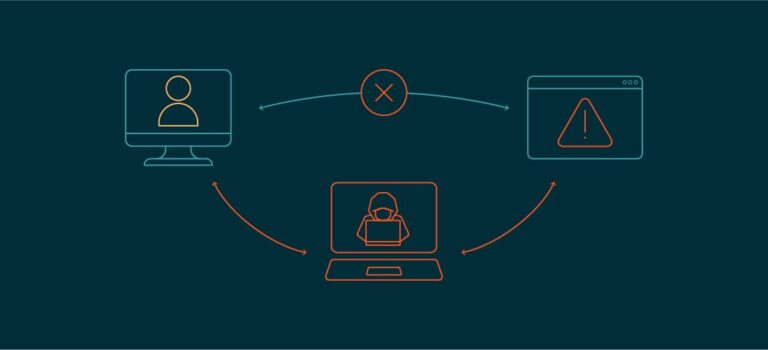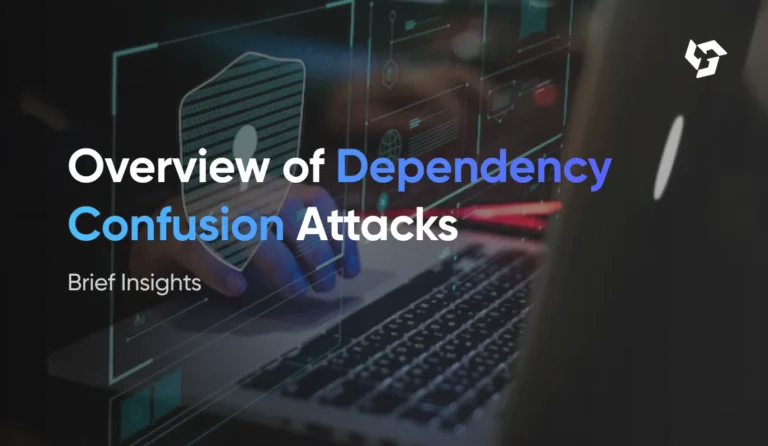Typosquatting Attacks – Malicious Packages with Similar Names to Legitimate Ones
Introduction
The open-source ecosystem thrives on trust and collaboration, but it is also a prime target for cybercriminals. One of the most insidious threats facing developers today is typosquatting attacks, where attackers upload malicious packages with names nearly identical to legitimate ones.
These deceptive packages can lead to severe security breaches, including malware infections, data theft, and supply chain attacks. In this comprehensive guide, we’ll explore:
- What typosquatting attacks are and how they work
- Real-world examples of typosquatting in software repositories
- The impact of these attacks on organizations and developers
- How to detect and prevent typosquatting threats
- Best practices for securing your development pipeline
By the end of this article, you’ll have a clear understanding of typosquatting risks and actionable strategies to protect your projects.
What Are Typosquatting Attacks?
Typosquatting (also known as URL hijacking or brandjacking) is a cyberattack where malicious actors register domains or package names that closely resemble legitimate ones. The goal is to trick users into downloading or installing harmful software by exploiting common typos, misspellings, or naming conventions.
In the context of software development, typosquatting occurs when attackers upload malicious packages to public repositories (such as npm, PyPI, RubyGems, or Docker Hub) with names that mimic popular libraries.
How Typosquatting Works
- Impersonation – Attackers create a package with a name similar to a well-known library (e.g.,
lodashvs.lodashh). - Upload to Repositories – The malicious package is published on public package managers.
- User Mistake – Developers accidentally install the wrong package due to a typo or auto-complete error.
- Malware Execution – The malicious code runs, potentially stealing credentials, deploying ransomware, or compromising systems.
Real-World Examples of Typosquatting Attacks
1. The “event-stream” npm Incident (2018)
A widely used npm package, event-stream, was compromised when a malicious maintainer added a dependency (flatmap-stream) that secretly harvested Bitcoin wallet credentials.
2. PyPI Typosquatting Campaigns
Researchers found over 200 malicious packages on PyPI with names like python3-dateutil (vs. python-dateutil) that installed password-stealing malware.
3. Docker Hub Typosquatting
Attackers uploaded malicious Docker images with names resembling official ones (e.g., mongo-express vs. mongo_express), leading to cryptojacking attacks.
The Impact of Typosquatting Attacks
Typosquatting can have devastating consequences:
- Supply Chain Compromises – Malicious code infiltrates legitimate software, spreading to downstream users.
- Data Theft & Credential Harvesting – Attackers steal API keys, passwords, and sensitive data.
- Reputation Damage – Organizations face loss of trust after distributing compromised software.
- Financial Losses – Companies incur costs from incident response, legal fees, and regulatory fines.
How to Detect and Prevent Typosquatting Attacks
Detection Techniques
- Package Name Verification – Always double-check package names before installation.
- Automated Scanning Tools – Use tools like Snyk, Sonatype, or WhiteSource to detect suspicious packages.
- Repository Monitoring – Watch for newly uploaded packages with similar names to popular ones.
Prevention Best Practices
- Use Verified Sources – Only download packages from official repositories or trusted vendors.
- Implement Dependency Whitelisting – Restrict installations to pre-approved packages.
- Enable 2FA for Package Maintainers – Prevent unauthorized changes to legitimate packages.
- Educate Developers – Train teams to recognize typosquatting risks.
- Automate Security Checks – Integrate security scanners into CI/CD pipelines.
Conclusion
Typosquatting attacks are a growing threat in the open-source ecosystem, exploiting human error to distribute malware. By understanding how these attacks work and implementing robust security measures, developers and organizations can significantly reduce their risk.
Stay vigilant, verify package names, and adopt automated security tools to safeguard your software supply chain.






